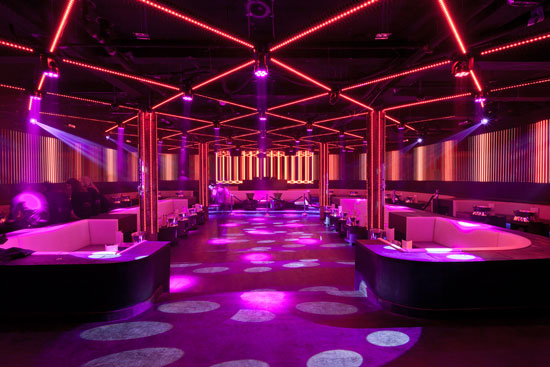A Transformative Impact of Illumination in Improving Movement Surface Visuals
Illumination plays a critical role in creating the environment of a dance floor. It can convert a simple space into an dynamic environment that improves the total experience for performers and spectators alike. The appropriate lighting can influence the mood, energy, and even the style of the dance being executed. By using various types of lighting, such as focused lights, colored illumination, and flashing lights, event planners can create a vibrant setting that engages the spectators and invites involvement.
One of the key functions of lighting on a dance floor is to illuminate the performers. Spotlights can be used to focus attention on individual dancers or groups, making them the center of attraction. This technique not only showcases their movements but also adds a layer of theatricality to the performance. When dancers are lit properly, their facial expressions and skills become more apparent, allowing the spectators to value their abilities. This focused lighting can also help to create a story, guiding the spectators through the performance.
In furthermore to highlighting performers, colored illumination can significantly affect the mood of the dance floor. Different colors evoke different emotions; for example, warm colors like red and amber can generate a sense of enthusiasm and vitality, while cooler colors like blue and emerald can encourage calmness and relaxation. By strategically using colored lights, event planners can control the environment to align with the theme of the event these details or the type of the performance. This considerate approach to lighting setup can enhance the overall experience for everyone involved.
Strobe lights and other active lighting features can also add excitement to a dance floor. These effects can create a sense of beat and motion that matches the soundtrack being performed. When timed with the beat, strobe lights can make the dance floor feel vibrant, inviting dancers to groove in time with the pulsing lights. This connection between light and sound can boost the vitality of the occasion, making it more enjoyable for both dancers and spectators. The use of such effects requires thoughtful consideration to ensure they improve rather than divert from the performance.
Finally, the complete setup of the lighting arrangement is essential for establishing a cohesive aesthetic on the dance floor. A well-thought-out lighting plan considers the configuration of the area, the kind of dance being performed, and the spectators' encounter. By integrating various lighting techniques, such as background lighting, accent lighting, and special effects, planners can design a aesthetically stunning setting. This focus to detail not only improves the show but also leaves a lasting impact on the spectators, making the event memorable. In summary, the powerful influence of lighting is vital in enhancing dancing area appearance, establishing an engaging and enjoyable encounter for all.